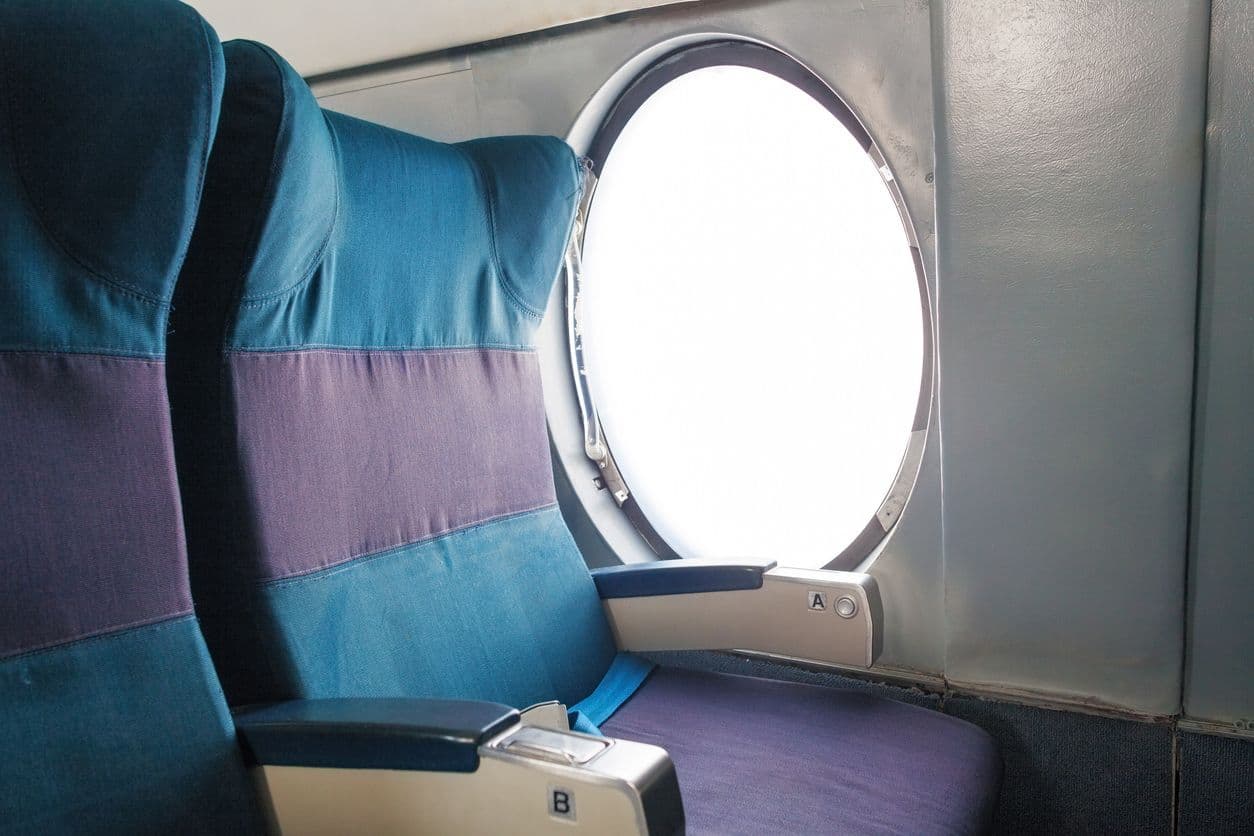How to pick the right bulkhead seat (and avoid the worst ones)

At Points Path, we’re sticklers for squeezing every ounce of joy from travel. And when it comes to flying, where you sit can make all the difference.
You may have heard that the seats in the front of the economy cabin — typically designated as Comfort Plus or Economy Plus — have more legroom and dedicated overhead bin space. You may have also heard that exit row seats can have extra legroom, though you probably won’t be able to recline, and you’ll want to pack a blanket given how chilly these rows tend to be.
But here’s a sleeper that doesn’t get nearly as much fanfare as it should: the bulkhead row.
Why we're team bulkhead
The bulkhead row is the row of seats positioned immediately behind the first class cabin, or behind the premium economy cabin on applicable aircraft.
For many years, there was a hard wall that separated the first-class cabin and economy. That wall created all sorts of aggravation for flyers who wound up in the bulkhead row, like limited legroom, nonexistent storage, and annoying, flip-out inflight entertainment screens.
Given all of the downsides, why on earth would we recommend opting into sitting here? Because in recent years, many airlines have removed the physical bulkhead wall, which changes the comfort equation entirely.
When you’re seated in a bulkhead row that lacks a divider (or includes only a curtain), here’s what you can expect:
- Nearly unlimited legroom, as you can stretch your legs all the way under the first-class cabin in front of you.
- Standard storage, which means you can slide your personal item underneath the first-class seats ahead of you.
- Quicker deplaning, as you’re near the front of the aircraft.
It’s true that you’ll still have hard dividers between seats, and your inflight screen will be in a flip-out arm, but the extra legroom and storage may make up for it.
How to check for bulkhead seats
To find out if the plane you’ll be flying has a physical divider or not, here’s what you’ll need:
- The type of aircraft, which is typically found within the flight details of your trip or in the details section of Google Flights (if you’re searching for a flight to book)
- A platform that details aircraft interiors, like SeatGuru
For example, a Boeing 737-800 on Alaska Airlines mentions a curtained divider when looking at bulkhead seats. That’s a winner! If you can select these seats, you’ll enjoy ample legroom and floor storage.
One version of American Airlines’ A321 shows a physical divider, and the description mentions “restricted legroom and storage.” That’s a bulkhead row you’ll likely want to avoid.
Now that you’re equipped with the knowledge and the know-how, you can choose your seats with more confidence. Happy flying!
